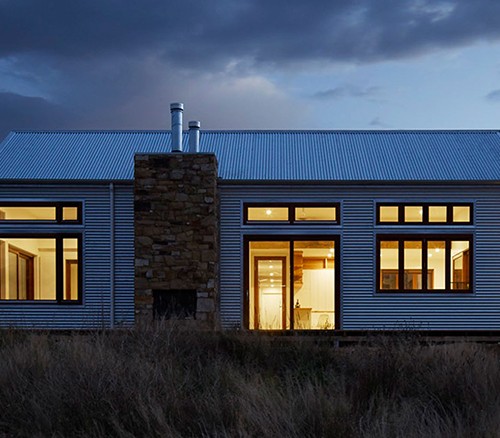- Available options to consider for the financing of your secondary residence.
- Factors that could influence the lending institutions
Go slow – don’t rush in!
When purchasing a secondary residence haste can lead to costly mistakes moving forward. You deserve the best possible mortgage available to you. So take the time to ensure you have a thorough understanding of the multitude of lenders out there who are best suited for your specific needs. To avoid disappointment and surprises, talk to your mortgage broker to help guide you through the journey – ensuring you take full advantage of the most competitive lenders and mortgage product to fulfill your needs right from the get-go.
“Every financial institution has their own risk assessment. So matching the right lender to the right client and their specific mortgage needs is key to making our clients’ homeownership dreams a reality. It’s what we do every day,” said Denis Doucet, Mortgage Consultant, Group Multi-Prêts Mortgage Alliance Canada.
The devil is in the details
Typical factors that influence a lender’s risk assessment when considering a secondary residence include:
- Whether the secondary residence is located in or near a municipality with access to municipal services?
- Is the residence a lakefront property, requiring a septic tank or natural well source? If so, the municipality will require appropriate certificates and water quality reports that carry additional costs.
- Increasingly, secondary residences are subject to strict regulations regarding land rights, water infringement by-laws, etc. If you’re not dealing with a realtor, prospective owners must ensure any rights granted to the previous owners are transferable to you.
Mortgage Insurance has its limitations!
Buyer beware that if you are looking to secure mortgage insurance to reduce your down payment, and free up additional funds, a CMHC loan is only applicable to one residence. That means if you have already applied to CMHC to insure your primary property, you will need a private lender to insurer the secondary property. For example, a lender like Genworth Canada or Guaranty.
Leverage your principal residence
If mortgage insurance doesn’t work for you, it may be possible to use the equity you’ve built up in your home for a down payment on the second property, or to even purchase the new property. As you will see, when it comes to refinancing several options are available when looking to set up a low cost refinancing option that works for you.
Follow the roadmap to make homeownership a reality
Like a safari or fishing trip, using an experienced guide can make all the difference from taking your vacation from good to great. It’s what they do. And when it comes to your primary or secondary residence, your Multi-Prêts Mortgage Alliance Canada broker is there to guide you every step of the way as well. It’s what we do – offer you a wealth of ways to easily secure the best possible mortgage, for the most competitive lender while keeping your interest costs as low as possible.
- Whether your secondary residence is situated in an urban area or near water does influence the risk assessment of lenders
- It is possible to use the equity in your home residence to finance the down payment on your secondary residence.
- Your Multi-Prêts broker can help you find the right lender for your needs


